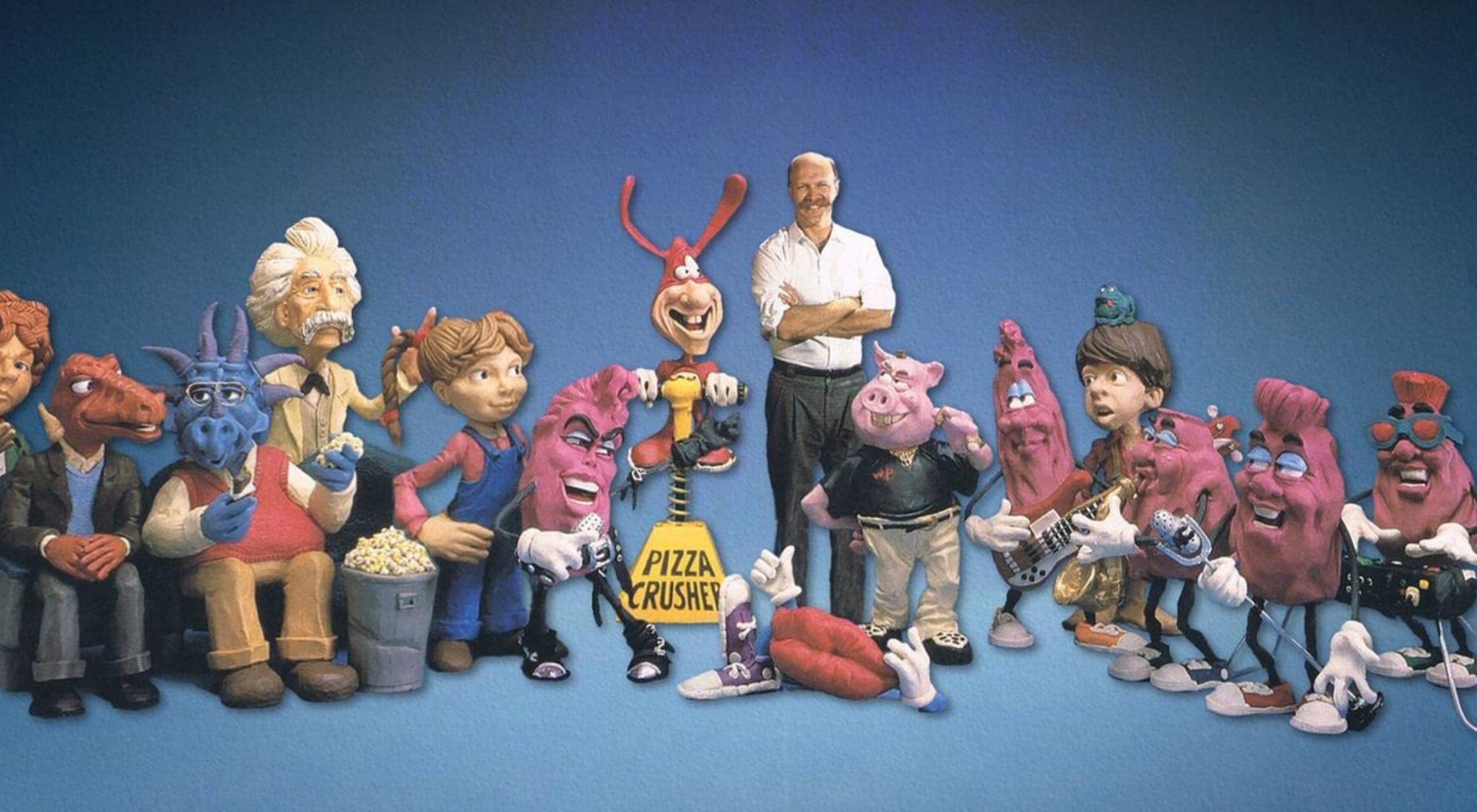
- Film
Docs: Absorbing “Claydream” Spotlights Pioneering Figure in Animation
Interesting and heavy, consequential questions of art’s relationship to commerce hang all over the terrifically engrossing documentary Claydream, informing its bittersweet portrait of the rise and fall of the man largely considered the father of modern-day clay animation. That its subject’s actual name remains unknown outside of tight-knit industry circles while his rebranded, formerly eponymous studio, wrested away from him two decades ago and given a new moniker, has gone on to garner considerable acclaim with a fanciful origin story speaks to a time-honored Hollywood axiom: when the legend becomes fact, print the legend.
Will Vinton was a pioneering figure in animation, a would-be second Walt Disney who in the 1980s brought “claymation” to the forefront of the medium through the creation and application of a variety of dazzling new techniques. Born in Oregon in 1947 to a car dealer father and bookkeeper mother, Vinton studied physics and architecture at the University of California, Berkeley before succumbing to the siren call of filmmaking. After meeting clay animator Bob Gardiner in the early 1970s, the pair collaborated on experiments and short-form work. They would eventually go on to win an Academy Award for 1974’s short film Closed Mondays after it was initially turned down for programming inclusion by even a local festival.
When the pair parted ways, Vinton decamped to Portland and formed his own company, racking up Emmy Awards while creating such iconic characters as the California Raisins and Domino’s Pizza’s the Noid. Of course, the name Will Vinton Studios is now unknown. Laika, on the other hand, is very highly regarded for its award-nominated stop-motion films like Coraline, The Boxtrolls, Kubo and the Two Strings, and Missing Link, the latter of which won a 2020 Golden Globe for Best Animated Feature. How Vinton’s carefully sculpted, idiosyncratic company came to be swallowed up and transformed serves as the narrative spine of Claydream.
Director Marq Evans’ film is less a vivisection of big business — and the unfair corporate trampling of precious, exalted creativity — than one might expect on the surface. Smartly interweaving gripping 2004 lawsuit deposition footage, Claydream doesn’t serve up easy, empty vilification of Phil Knight, the Nike founder and CEO who became an investor (and eventual controlling shareholder) in Vinton’s company. Instead, the movie shows Knight to be a booster of his son Travis Knight’s perhaps wandering creative ambitions who, when eventually presented a binary choice between continuing to bankroll or letting the company at which his son worked founder and fail, makes some cutthroat moves. The film also makes a case, while not at all undercutting sympathetic identification with Vinton, that he was frustratingly, almost inconceivably naive at crucial times, especially given his previous business experience.
The first part of Claydream is probably its headiest. Using a bountiful amount of wonderful home video footage, Evans showcases Vinton’s early work and influences, including Antoni Gaudí, whose extraordinary organic shapes within the field of architecture informed groundbreaking plasticine clay experiments. Evans also digs into Vinton’s view that interesting characters often have very simple goals or purpose, but simply stand in great conflict with the world at large.
The middle third of the movie chronicles peaks and valleys. In 1985, after five years in production, Will Vinton Studios released the first clay-animated feature film ever made, and their first and only theatrical effort, The Adventures of Mark Twain. An ambitious fantasy built around vignettes from Twain’s work, the movie was a huge commercial failure — deemed in large measure too complex for kids and released long before animation was considered socially palatable for mainstream adult audiences.
On the other hand, in the mid-to-late ’80s, Vinton also achieved incredible popularity with smash hit TV ad campaigns for the California Raisins and, later, the Noid for Dominoes. The zeitgeist success of these efforts put the term “claymation” on the tongues of average consumers like never before. They unfortunately also begat harassment from former partner Gardiner, who is presented herein as brilliant but vindictive and mentally unwell.
In its homestretch, Claydream explores Vinton’s work on the Eddie Murphy sitcom The PJs
In the end, what emerges is a consensus view that even more than for just his work in the field of claymation, Vinton is an enormously significant figure in the history of animation writ large. But for some missteps (Vinton failed to secure a piece of the Raisins’ $400 million licensing deal, and the studio’s misbegotten branded character, Wilshire Pig, never took flight as their version of Mickey Mouse), Laika might not exist today. Still, by way of both his imagination and considerable aspiration, Vinton helped mainstream the idea that animation was a medium and not a genre unto itself — that it could be used, in still an entertaining way, to push beyond the boundaries of simple pleasant distraction, and light new fires of creative inspiration. For that, he deserves much gratitude.